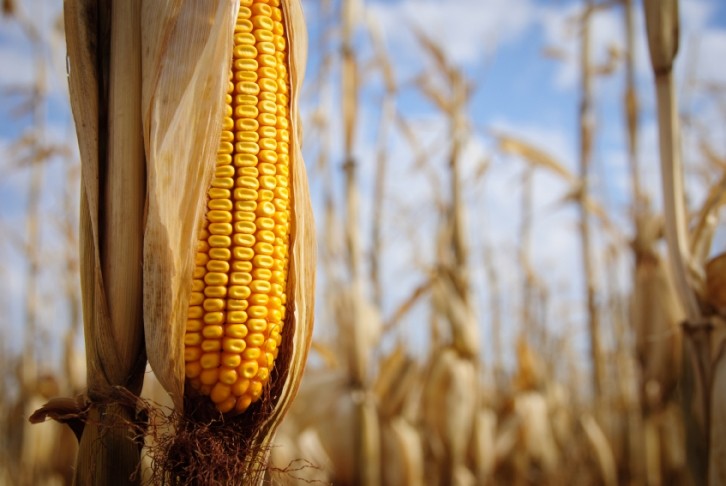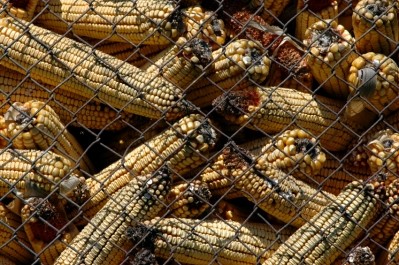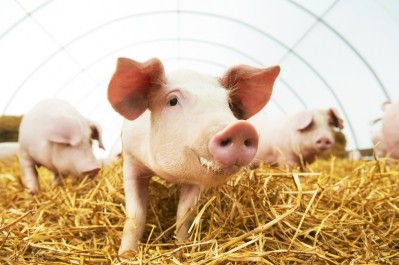Lower incidence but higher concentration levels of aflatoxins in crops, finds Biomin mycotoxin survey

“This finding shows that although the incidence can decrease, it does not mean that the risk for a toxin is also lowered. Studies have shown that climate change may be having an effect on many fungi in terms of aggressiveness and pathogenicity,” Dr Paula Kovalsky, product manager at the Austrian company, told FeedNavigator today.
She said that the frequency of the other five mycotoxins rose compared to 2013, while the average concentration of zearalenone and deoxynivalenol nearly doubled, to 221 parts per billion (ppb) and 1,394 ppb, respectively.
Biomin has been conducting its mycotoxin survey since 2005.
The 2014 results provide an insight into the incidence of the six main mycotoxins including aflatoxins (Afla), zearalenone (ZEN), deoxynivalenol (DON), T-2 toxin (T-2), fumonisins (FUM) and ochratoxin A (OTA) in the primary components used for feed such as corn, wheat, barley, rice, soybean meal, corn gluten meal, dried distillers grains (DDGS) and silage, among others, as well as finished feed.
The main samples that are analyzed are finished feed and corn. In the 2014 survey, 32% of all samples analyzed were finished feed and 28% were whole grain corn, while in the 2013 report, 33% of all samples analyzed were finished feed and 21% were whole grain corn.
Co-occurrence testing extended
Each year the company includes the co-occurrence of the six main mycotoxins. “However, this is the first survey in which Biomin has included the results of this type of analysis for more than 380 mycotoxins and fungal metabolites, which is part of our current mycotoxin risk management program,” said Kovalsky.
The report shows that of 814 samples tested, all contained multiple metabolites ranging from a low of 4 to a high of 75 metabolites. When asked what level of metabolite contamination is deemed a risk for livestock, she told us that was difficult to define.
“The main problem is that there is still not enough information on the toxicity of many different substances produced by fungi and the role of such metabolites clearly still needs to be clarified.
Currently, recommendations from the authorities have not been forthcoming due to the lack of data on both occurrence and toxicity.
The first step in elucidating the effects of a certain substance in toxicology is to analyze the occurrence and prevalence of the substance. Once this data is known, then toxicologists can further investigate the effects that the substance has in the animal.”
Elevated threat for North America and Europe
The report also notes North America and Europe face the most severe threat of mycotoxin-related risks to livestock, each registering average concentrations for five major mycotoxins above risk threshold levels.
Deoxynivalenol is the number one threat in all regions except for South America, where fumonisins constitute the most frequent health risk to livestock.
Despite its high prevalence in Asia, Europe and Africa, Ochratoxin A poses a relatively low risk in these regions compared to other mycotoxins, said Biomin.













